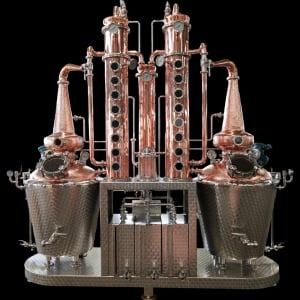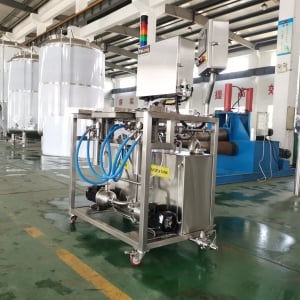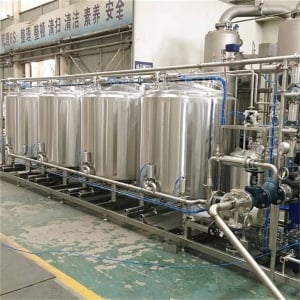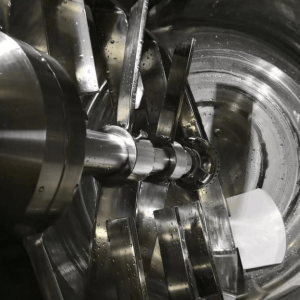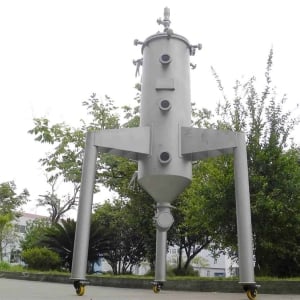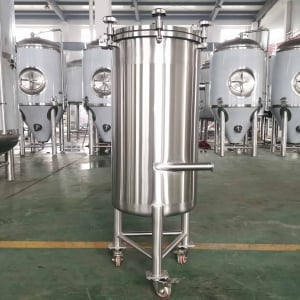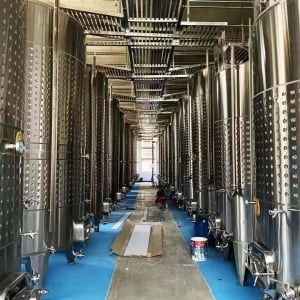Beer Home Brewing Equipment
Home brewing beer is an exciting and rewarding hobby that combines science, creativity, and a bit of patience. Whether you’re just getting started or looking to upgrade your setup, having the right equipment is crucial. This guide will walk you through everything you need to know about beer home brewing equipment, from the basics to advanced systems, and provide a detailed comparison to help you make informed decisions.
Overview of Beer Home Brewing Equipment
Brewing beer at home requires a range of equipment that can vary from simple and inexpensive to complex and costly. The basic setup includes essential items like fermenters, kettles, and bottles, while advanced systems might feature automated brewing machines and sophisticated cooling systems. Understanding the purpose and function of each piece of equipment is the first step toward successful home brewing.
Essential Beer Home Brewing Equipment Guide
Fermentation Vessels
Fermentation vessels are where the magic happens – yeast converts the sugars in your wort into alcohol and carbon dioxide. These vessels come in various forms, including plastic buckets, glass carboys, and stainless steel fermenters.
Brewing Kettles
A brewing kettle is used to boil the wort. It’s important to have a kettle that is large enough to handle your batch size with some extra room to prevent boil-overs.
Airlocks and Stoppers
Airlocks allow carbon dioxide to escape from the fermenter without letting contaminants in. Stoppers are used to seal the fermenter.
Hydrometer and Thermometer
A hydrometer measures the specific gravity of your beer, helping you track fermentation progress. A thermometer is essential for monitoring the temperature during brewing and fermentation.
Bottling Equipment
This includes bottles, caps, and a bottle capper. You’ll also need a bottling bucket and siphoning equipment to transfer your beer from the fermenter to the bottles.
Cleaning and Sanitizing Supplies
Keeping your equipment clean and sanitized is crucial to avoid contamination and off-flavors in your beer.
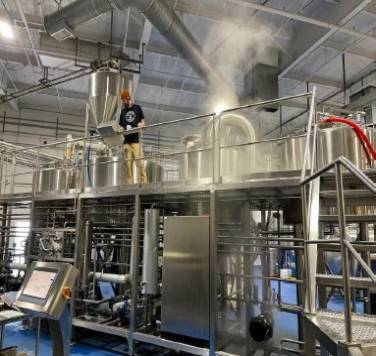
Types of Beer Home Brewing Equipment
| Equipment Type | Description |
|---|---|
| Fermentation Vessels | Plastic buckets, glass carboys, and stainless steel fermenters. |
| Brewing Kettles | Vary in size from 5 gallons to over 20 gallons, with options for built-in thermometers. |
| Airlocks and Stoppers | Various types for different fermenters, including three-piece airlocks and S-shaped airlocks. |
| Hydrometers and Thermometers | Essential tools for monitoring fermentation and brewing temperatures. |
| Bottling Equipment | Includes bottles, caps, cappers, and siphoning equipment for transferring and sealing. |
| Cleaning Supplies | Various sanitizers and cleaning agents to ensure all equipment is contamination-free. |
The Brewing Process Explained
Brewing beer at home involves several key steps: mashing, boiling, fermenting, and bottling.
Mashing
Mashing is the process of mixing milled grains with water and heating the mixture to convert starches into fermentable sugars. This creates the wort, the liquid that will eventually become beer.
Boiling
After mashing, the wort is boiled and hops are added for bitterness, flavor, and aroma. Boiling also sterilizes the wort.
Fermenting
Once the boil is complete, the wort is cooled and transferred to a fermenter where yeast is added. Fermentation typically takes one to two weeks.
Bottling
After fermentation, the beer is transferred to bottles with a small amount of priming sugar to carbonate. The bottles are then capped and left to condition for another couple of weeks.
Capacity, Spaces, Design, Layout, and Customization
| Aspect | Details |
|---|---|
| Capacity | Brewing systems range from small 1-gallon kits to large 10-gallon setups for more serious home brewers. |
| Spaces | Consider available space – some equipment can be quite large and require dedicated brewing areas. |
| Design | Options include basic setups to more advanced, aesthetically pleasing stainless steel systems. |
| Layout | Efficient layout helps streamline the brewing process, with easy access to all necessary equipment. |
| Customization | Many systems allow for customization, such as additional cooling or automation features. |
Suppliers and Price Range
| Supplier | Price Range |
|---|---|
| Northern Brewer | $100 – $1,500 |
| MoreBeer | $50 – $2,000 |
| Midwest Supplies | $75 – $1,800 |
| Amazon | $20 – $1,000 |
| Williams Brewing | $100 – $1,200 |
Installation, Operation, and Maintenance
| Aspect | Details |
|---|---|
| Installation | Varies by equipment complexity; simple kits are easy to set up, while advanced systems may need professional installation. |
| Operation | Follow manufacturer instructions carefully; practice makes perfect. |
| Maintenance | Regular cleaning and sanitizing are essential; some parts may require periodic replacement. |
How to Choose a Supplier
| Criteria | Details |
|---|---|
| Reputation | Look for suppliers with positive reviews and a strong reputation in the brewing community. |
| Price | Compare prices across multiple suppliers to find the best deals. |
| Product Range | Choose suppliers with a wide range of equipment to ensure you can find everything you need in one place. |
| Customer Service | Good customer support can be invaluable, especially for beginners. |
| Return Policy | A flexible return policy is important in case equipment doesn’t meet your expectations. |
Advantages and Limitations of Beer Home Brewing Equipment
| Aspect | Advantages | Limitations |
|---|---|---|
| Cost | Home brewing can save money in the long run. | Initial setup can be expensive. |
| Customization | Allows for creative control over beer recipes and flavors. | Requires time and effort to master. |
| Community | Engages you with a passionate brewing community. | Can be overwhelming for beginners. |
| Quality Control | Ensures use of high-quality ingredients. | Risk of contamination if equipment is not properly sanitized. |
| Learning Experience | Provides a deep understanding of the brewing process. | Learning curve can be steep. |
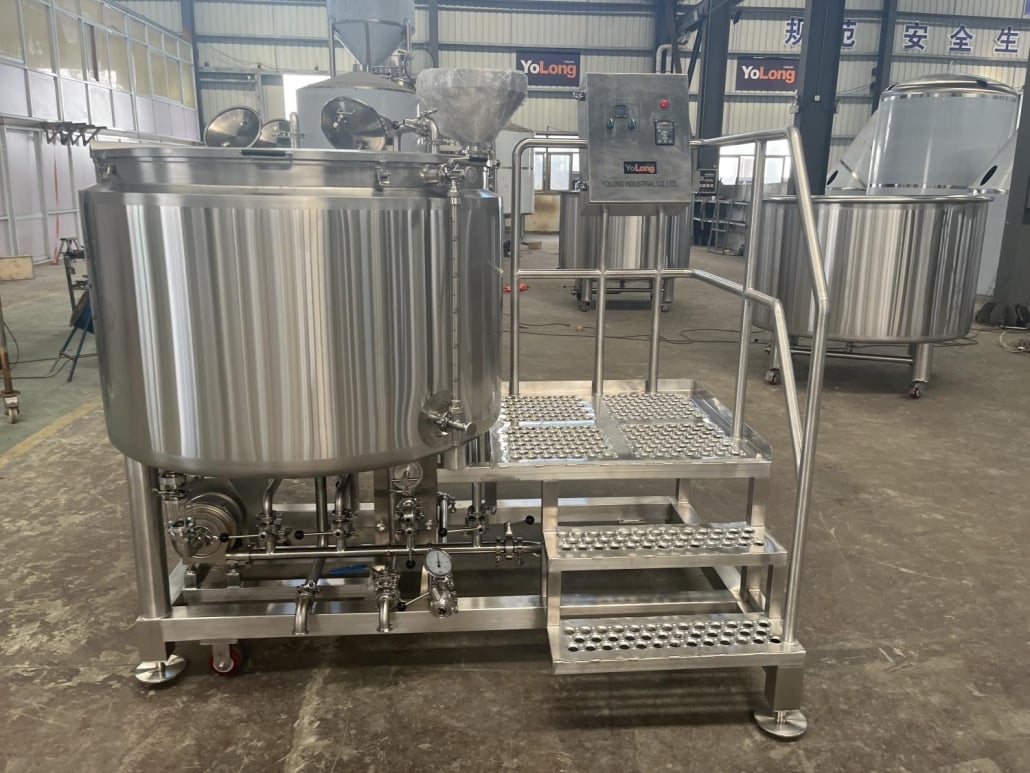
FAQ
| Question | Answer |
|---|---|
| How much does it cost to start home brewing beer? | Basic kits start around $100, but a more advanced setup can cost upwards of $1,500. |
| How long does it take to brew beer at home? | The brewing process typically takes 4-6 weeks from start to finish. |
| What is the easiest beer to brew at home? | Pale ales and stouts are generally considered beginner-friendly due to their forgiving nature. |
| Can I brew non-alcoholic beer at home? | Yes, but it requires additional steps to remove or reduce alcohol content after fermentation. |
| How can I avoid contamination in my homebrew? | Proper cleaning and sanitizing of all equipment are crucial to avoid contamination. |
| What is the shelf life of homebrewed beer? | When properly bottled and stored, homebrewed beer can last several months to a year. |
Brewing your own beer at home is an enriching hobby that allows you to experiment with different styles, flavors, and techniques. Whether you’re a novice or an experienced brewer, having the right equipment is key to producing great beer. By understanding the various types of brewing equipment and following best practices for operation and maintenance, you can enjoy the rewarding process of making your own delicious beer.


